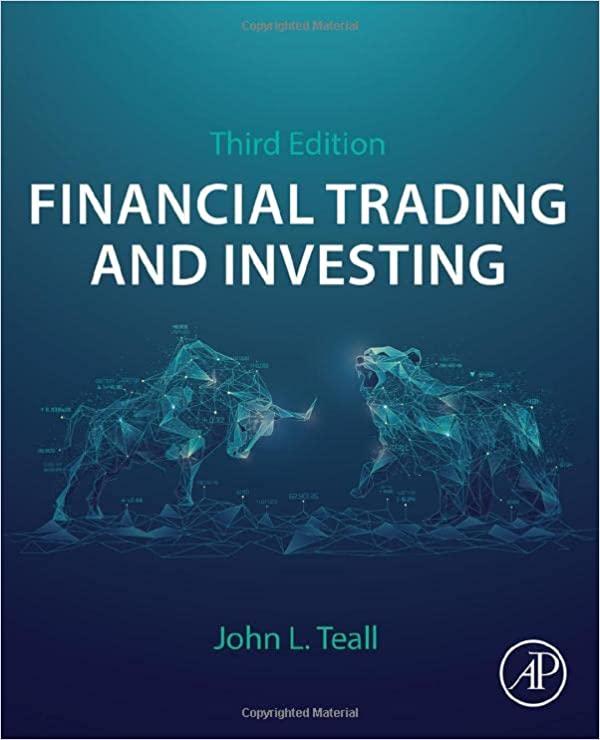



6. The impact of global economic conditions on monetary policy The following graphs represent (1) The U.S. Market for Loanable Funds, (2) The Brazilian Market for Loanable Funds, (3) The Chinese Market for Loanable Funds, and (4) The Aggregate Supply and Aggregate Demand Model. The aggregate supply and aggregate demand model (4) examines the relationship between changes in real gross domestic product and changes in the price level (inflation). The aggregate demand curve shows the relationship between the price level and the total amount of money spent on those goods and services. It is downward sloping because people tend to purchase more goods and services as prices decrease and fewer goods and services when prices increase. The components that make up the aggregate demand curve are Consumer Spending (C), Business Investment (I), Government Expenditures (G), and Net Exports (X - M). The aggregate supply curve shows the relationship between the price level and the total amount of output firms will produce and sell. It is upward sloping because businesses tend to produce more goods and services when prices increase and fewer goods and services when prices decrease. Use the graphs to show what happens in the given scenario and to help answer the questions that follow. (Note: You will not be graded on any changes you make to the graphs.) (1) (2) ? ? U.S. Market for Loanable Funds Brazilian Market for Loanable Funds Supply Supply 1 - U.S. INTEREST RATE BRAZILIAN INTEREST RATE Demand Demand QUANTITY OF LOANABLE FUNDS IN THE UNITED STATES QUANTITY OF LOANABLE FUNDS IN BRAZIL (3) (4) ? ? Chinese Market for Loanable Funds Aggregate Supply and Aggregate Demand Supply AS CHINESE INTEREST RATE PRICE LEVEL Demand AD QUANTITY OF LOANABLE FUNDS IN CHINA REAL GROSS DOMESTIC PRODUCT Suppose the U.S. runs a budget deficit of $600 billion and needs to borrow money to balance its budget. loanable funds in the U.S. market will If the U.S. government runs a budget deficit of $600 billion, then the causing U.S. interest rates to U.S. securities rather than If investors in foreign countries like Brazil and China notice the change in interest rates, they will begin those in their domestic markets. Consequently, the loanable funds in the Brazilian and Chinese markets will 1 causing interest rates in those countries to Consequently, businesses and consumers are likely to invest because the cost of borrowing money has the inflation rate has ! As a result, the aggregate demand curve will shift to the left, which shows that the unemployment rate has and economic growth has in all countries. F 6. The impact of global economic conditions on monetary policy The following graphs represent (1) The U.S. Market for Loanable Funds, (2) The Brazilian Market for Loanable Funds, (3) The Chinese Market for Loanable Funds, and (4) The Aggregate Supply and Aggregate Demand Model. The aggregate supply and aggregate demand model (4) examines the relationship between changes in real gross domestic product and changes in the price level (inflation). The aggregate demand curve shows the relationship between the price level and the total amount of money spent on those goods and services. It is downward sloping because people tend to purchase more goods and services as prices decrease and fewer goods and services when prices increase. The components that make up the aggregate demand curve are Consumer Spending (C), Business Investment (I), Government Expenditures (G), and Net Exports (X - M). The aggregate supply curve shows the relationship between the price level and the total amount of output firms will produce and sell. It is upward sloping because businesses tend to produce more goods and services when prices increase and fewer goods and services when prices decrease. Use the graphs to show what happens in the given scenario and to help answer the questions that follow. (Note: You will not be graded on any changes you make to the graphs.) (1) (2) ? ? U.S. Market for Loanable Funds Brazilian Market for Loanable Funds Supply Supply 1 - U.S. INTEREST RATE BRAZILIAN INTEREST RATE Demand Demand QUANTITY OF LOANABLE FUNDS IN THE UNITED STATES QUANTITY OF LOANABLE FUNDS IN BRAZIL (3) (4) ? ? Chinese Market for Loanable Funds Aggregate Supply and Aggregate Demand Supply AS CHINESE INTEREST RATE PRICE LEVEL Demand AD QUANTITY OF LOANABLE FUNDS IN CHINA REAL GROSS DOMESTIC PRODUCT Suppose the U.S. runs a budget deficit of $600 billion and needs to borrow money to balance its budget. loanable funds in the U.S. market will If the U.S. government runs a budget deficit of $600 billion, then the causing U.S. interest rates to U.S. securities rather than If investors in foreign countries like Brazil and China notice the change in interest rates, they will begin those in their domestic markets. Consequently, the loanable funds in the Brazilian and Chinese markets will 1 causing interest rates in those countries to Consequently, businesses and consumers are likely to invest because the cost of borrowing money has the inflation rate has ! As a result, the aggregate demand curve will shift to the left, which shows that the unemployment rate has and economic growth has in all countries. F










